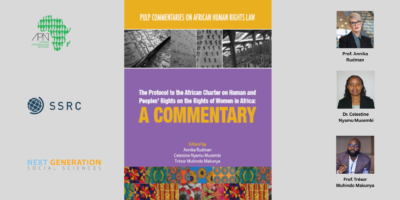At Jadaliyya, Anthony Shenoda considers the simultaneous visibility and invisibility of the Coptic Christian community in Egypt:
I’ve been thinking lately about the circumstances under which Coptic Christians emerge on the Egyptian socio-political landscape. Those circumstances tend to be, in a word, ugly. Copts become a visible religious community when they are attacked. And then Westerners in particular wonder: “Who are the Copts?” (I should also point out, however, that although well aware of the existence of Copts, or al-aqbat in Arabic, most Egyptian Muslims are equally unfamiliar with Coptic religiosity.) This strange play between visibility and invisibility is the problematic that I take up here, arguing that what is desirable for Copts in a new Egypt is a visibility that takes seriously their religiosity. I do so by drawing on ethnographic fieldwork I have been doing among Copts and reflecting on recent events in Egypt.
Read the full essay here.











